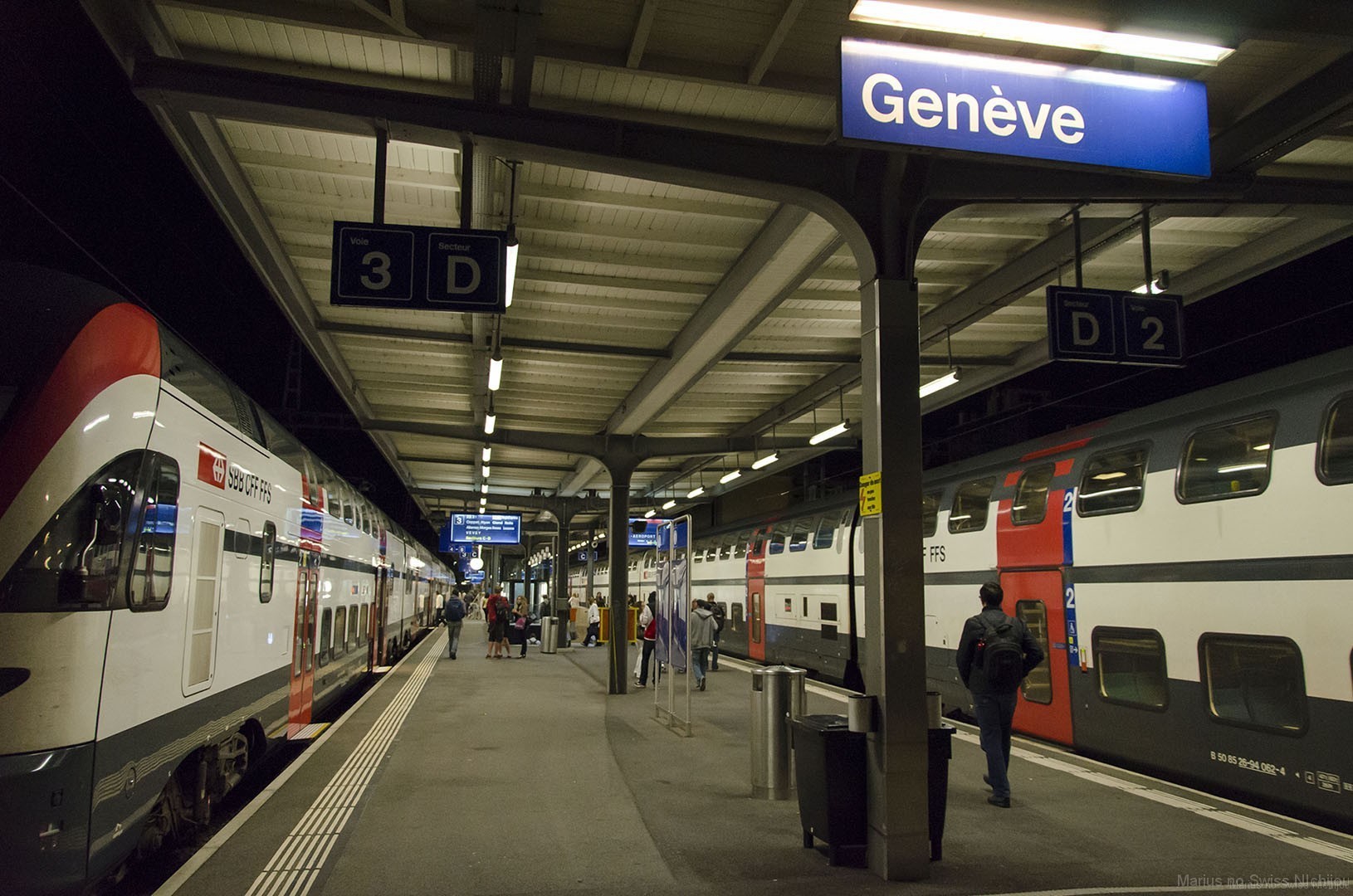
Introduction & Background
Traffic growth in Switzerland is also predicted for the future. Many different factors have an influence on this development. Economic and social trends influence the growth forecasts. Above all, GDP & population are increasing. This growth influences traffic to varying degrees. Transport growth can be divided into freight transport and passenger transport. A large growth of 31% is forecast for freight transport. Rail and road traffic will remain relatively stable, with delivery vans showing the greatest growth (approx. 58%). Passenger traffic will grow at a disproportionately low rate (approx. 11%). Public transport is used more (growth from 21% to 24%), as is cycling (from 2% to 4%). The car has recorded a more pronounced decline of around 5%. Overall, it is predicted that commuting to work will fall by 13% but that leisure travel will increase.
The Switzerland 2050 transport forecasts take 4 different scenarios into account. The scenarios are: Basis, Continue as before, Individualized society & Sustainable society. These scenarios differ primarily in terms of the implementation of the Paris climate targets, the introduction of environmentally friendly technologies and the degree of sustainability of the population. The Basis scenario is based on the federal government's mobility targets. Continue-as-before assumes the current regularities and does not include any of the changes mentioned above. "Individualized society" assumes strong technological development, which primarily affects people's comfort, while "Sustainable society" predicts greater technological progress in favour of sustainability.
Read More about this topicResearch Questions
This will be our research questions for the project:
UN Sustainable Development Goals
Our project aims to make a contribution to the UN's 17 sustainable development goals. We are focusing on 9 "Industry, Innovation and Infrastructure"and Goal 11 "Sustainable Cities and Communities".

Goal 9 encompasses several sub-goals, and our primary focus is on Goal 9.4. According to the UN, Goal 9.4 aims to "upgrade infrastructure and retrofit industries by 2030 to make them sustainable, with increased resource-use efficiency and greater adoption of clean and environmentally sound technologies and industrial processes, with all countries taking action in accordance with their respective capabilities." To ensure the achievability of this goal, it must be measurable. The UN's indicator for this goal is the ratio of CO2 emissions compared to the added value. Our project’s model forecast of transport in Switzerland for the year 2050 can significantly contribute to this goal. By providing a spatial representation of the changes, we can influence the planning of transport infrastructure. This approach can lead to several improvements: targeted investment in high-traffic sections of the rail and road networks, resilient infrastructure at critical junctions, and the relief of less frequented sections. By making targeted investments, it is possible to create a high-quality transportation network that improves the ratio of CO2 emissions compared to the value gained.

Regarding Goal 11 , our project addresses several sub-goals. For instance, Goal 11.2 aims to "provide access to safe, affordable, accessible, and sustainable transport systems for all by 2030, improve road safety, in particular by expanding public transport, paying special attention to the needs of people in vulnerable situations, including women, children, people with disabilities, and older individuals." The indicator for this target is the proportion of the population with convenient access to public transport. Additionally, Goal 11.3 aims to "enhance inclusive and sustainable urbanization and capacity for participatory, integrated, and sustainable human settlement planning and management in all countries by 2030." The visualization of transport changes by 2050 through our mapping can contribute significantly to these goals. It enables long-term improvements for people with specific needs through appropriate spatial planning adapted to the transport system. Ensuring this development is sustainable is crucial for achieving climate targets. By focusing on these specific goals and leveraging our project’s insights, we aim to support the creation of sustainable, inclusive, and efficient urban and transport systems that align with the broader objectives of the United Nations' Sustainable Development Goals.
Read More about this topic
















